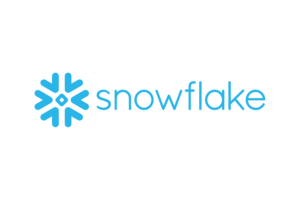
Snowflake is a global cloud-based data platform that enables businesses to collect, store, and analyze data from any source, at any scale. It is uniquely designed to connect businesses globally, across any type or scale of data and many different workloads providing seamless data collaboration.
The Snowflake Data Platform
Snowflake’s platform is built on three main pillars: the Data Cloud, the Snowflake Data Marketplace, and Per-Tenant Resources.
The Data Cloud is a global network of connected data warehouses that enables businesses to share data with each other in real time. This allows businesses to collaborate on projects and get insights from each other that they wouldn’t be able to get on their own.
The Snowflake Data Marketplace is a centralized repository of data sets that businesses can buy and sell. This marketplace makes it easy for businesses to find the data they need, when they need it.
Per-Tenant Resources are resources that are dedicated to each individual business on the Snowflake platform.
This includes things like storage, computing power, and bandwidth. This ensures that each business has the resources it needs to run its operations smoothly.
The Technology Behind Snowflake Data
A Snowflake database consists of three key components: storage, compute, and services. Storage is used to store data in its raw format. Compute is used to process data for analysis. Services are used to manage access control, monitor usage, and provide other administrative functions.
One of the key benefits of Snowflake is that storage and compute are completely separate from each other. This means that you only pay for the storage and compute resources you use, when you use them. You can also scale your resources up or down as needed, without having to provision or de-provision hardware. This makes Snowflake much more cost-effective than traditional on-premises databases.
Another benefit of Snowflake is that it offers built-in support for standard SQL queries. This makes it easy for businesses to get started, even if they don’t have a lot of experience with cloud-based databases. And because Snowflake uses standard SQL, it can easily integrate with a wide variety of business intelligence (BI) and analytics tools.
Management
Snowflake provides three key data management features:
A unified view of all your data: With Snowflake, you can easily access and query all your data in one place. This includes structured data, semi-structured data, and unstructured data.
A secure environment: Snowflake uses a multi-layered approach to security that protects your data at every level. This includes features like encrypted communications, role-based access controls, and auditing.
Flexible scalability: With Snowflake, you can scale up or down as needed to accommodate changes in your business. This means you only pay for the resources you use, which helps keep costs down.
Snowflake is a powerful platform that enables businesses to collect, store, and analyze data from any source, at any scale. With its unique architecture and built-in support for standard SQL queries, it provides businesses with an easy way to get started with cloud-based databases. If you’re looking for a flexible and cost-effective way to power your data needs, Snowflake is definitely worth considering.
Contact us today to learn more.
